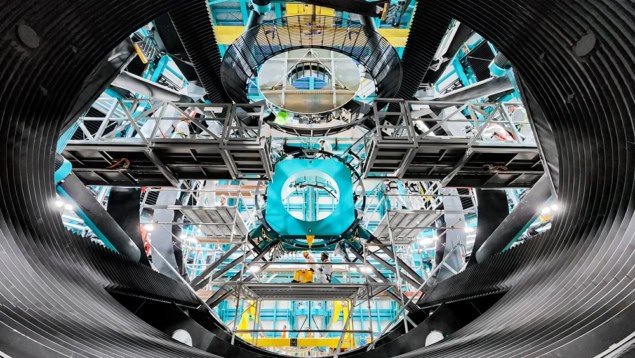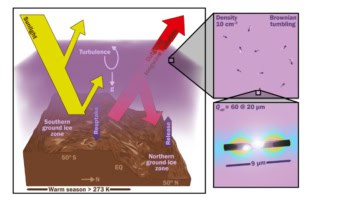
The secondary mirror belonging to the Simonyi Survey Telescope has been installed at the Vera C Rubin Observatory, which is based in Cerro Pachón in the Andes.
At 3.5 m in diameter, the secondary mirror is one of the largest convex mirrors ever made and is the first permanent component of the observatory’s optical system to be installed.
The glass mirror was made by Corning Advanced Optics and then polished by L3Harris Technologies, both based in New York.
The Vera C Rubin Observatory will conduct a decade-long survey of the southern hemisphere sky, which is known as the Legacy Survey of Space and Time (LSST). The main component is the LSST camera – a 3200 megapixel instrument – that has taken almost two decades to build.
Engineers will soon begin re-installing the Commissioning Camera, which is a smaller version of the LSST that will be used to test the optical systems including both primary and secondary mirrors.
The observatory’s 8.4 m primary mirror will be installed later this month before the LSST Camera is added before the end of the year.
Sandrine Thomas, deputy director for Rubin Observatory Construction, says that the installation of the secondary mirror feels like entering “the home stretch” towards completion. “Now we have glass on the telescope [it] brings us a thrilling step closer to revolutionary science with Rubin,” she says.
The observatory is expected to begin observing the universe next year.



